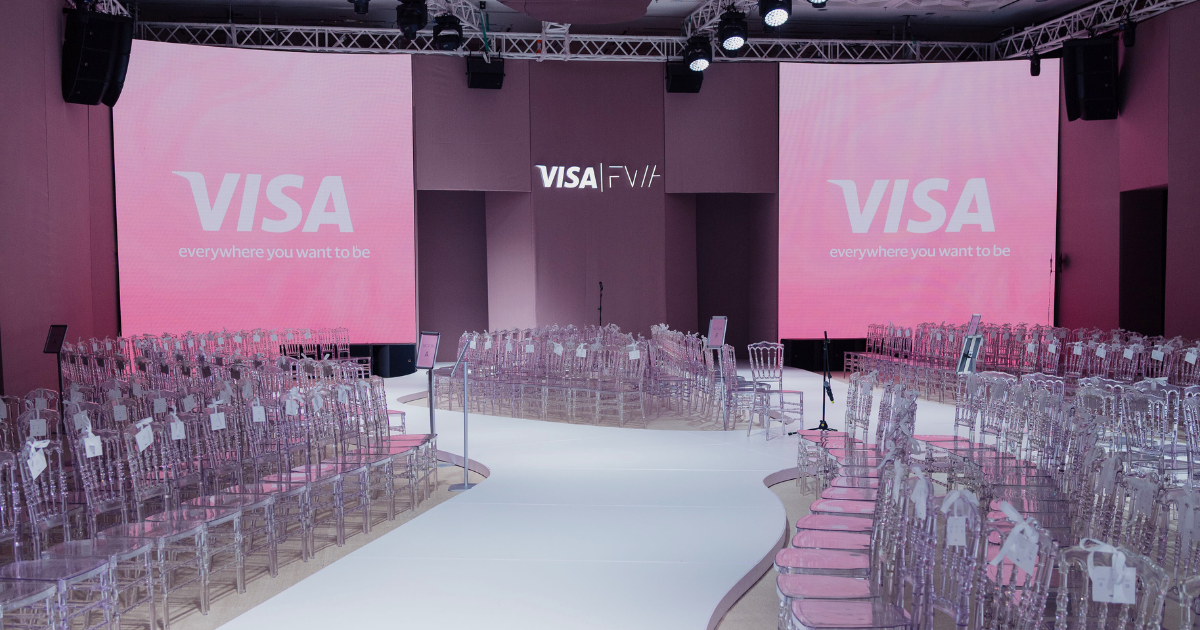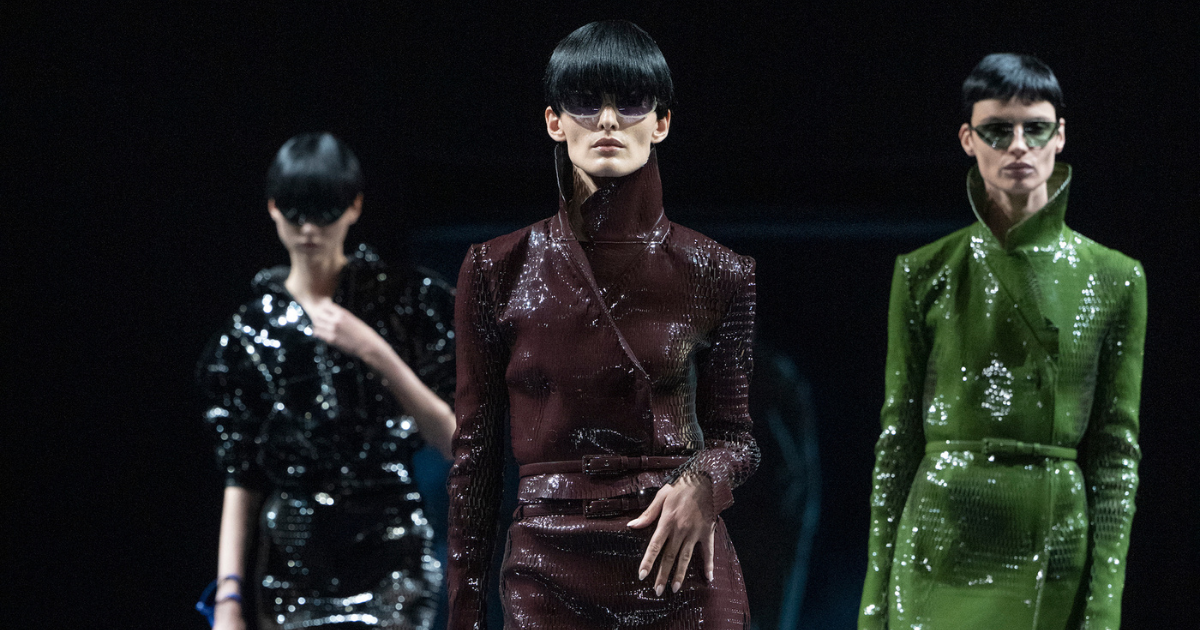Balenciaga.
How the haute couture house became a mirror of its time

Balenciaga is a brand everyone knows today, but few remember where it all began. In the public perception, it’s long been associated with scuffed sneakers, IKEA-style bags, and fashion trolling. But behind that image lies a House with a century-long legacy and an iconic name.
Cristóbal Balenciaga: the beginning of an era
Balenciaga was born in 1917 in northern Spain. That was the year a young Cristóbal Balenciaga opened his first fashion salon in San Sebastián. His path into fashion had begun in childhood, watching his mother, a seamstress, at work and learning the craft early on. At age 12, he made a dress for an aristocrat, the Marquesa de Casa Torres, impressing her so deeply that she became the first to believe in his talent. By the 1930s, Balenciaga had become a favorite of Spanish nobility, opening boutiques in Madrid and Barcelona. But the Spanish Civil War forced him to leave his homeland, and in 1937 he opened an atelier on Avenue George V in Paris.
Balenciaga’s Paris debut in 1937 was low-key; the press gave it a lukewarm reception. His first collection was restrained and did not stand out among the romantic and vibrant fashion dominating the time. But by 1939, Balenciaga had made a powerful impression. A collection inspired by the Spanish Renaissance and the paintings of Velázquez stunned French audiences. Christian Dior once called Balenciaga “the conductor of haute couture,” with all other designers being mere musicians in comparison.
In the post-war years, he revolutionized the female silhouette, rejecting corsets and snatched waists. In their place came tunics, sack dresses, baby-doll cuts, balloon shapes, free-flowing lines, and architectural forms. He broadened shoulders, lowered waists, and experimented with volume, creating not just garments, but sculptures in fabric. It was the decade of Balenciaga.
Cristóbal never needed self-promotion: he rarely gave interviews, held no flashy presentations, avoided attention, and never took a bow after his shows. His language was cutting and construction. His precision became legendary – he would take a dress apart and remake it seven times to achieve the perfect fit.
His clients included Greta Garbo, Audrey Hepburn, Grace Kelly, Jacqueline Kennedy, and the Duchess of Windsor. In 1960, he designed the wedding dress for Queen Fabiola of Belgium. His creations were objects of true luxury, not meant for mass consumption but for fashion connoisseurs and for other designers, who studied and admired him. Among his protégés were the future greats: Hubert de Givenchy, Oscar de la Renta, André Courrèges, and Emanuel Ungaro.
By the late 1960s, the fashion industry was changing rapidly – haute couture, luxurious and conservative, was giving way to prêt-à-porter, youth fashion, and synthetic materials. Known for his stubborn character and uncompromising standards, Cristóbal Balenciaga refused to adapt to new realities.
In 1968, he shocked the fashion world by announcing the closure of the House of Balenciaga and retiring from the industry. According to legend, his close friend Countess Mona von Bismarck spent three days in tears, mourning what she called “the end of an era.” And it truly was. With his departure, haute couture as art seemed to vanish with him.
Balenciaga was the last of the true couturiers: reclusive, demanding, obsessed with form and silence. He exited like royalty, just as he had lived. No farewell shows, no dramatic speeches – he simply closed the door and disappeared. He passed away in 1972, at the age of 77.
The lull and attempts to revive
After Balenciaga’s closure, a long silence followed. For nearly two decades, the brand vanished from the fashion map, as if it had truly left with its founder. It wasn’t until 1987 that the brand was revived – not as couture, but as a prêt-à-porter line. Creative director Michel Goma introduced a minimalist and vibrant late-80s aesthetic. Then, from 1992 to 1997, the House was led by Josephus Thimister. These fragmented revival efforts made little impact: Balenciaga existed, but felt like it was running on autopilot.
The true renaissance began in 1997, when 25-year-old French designer Nicolas Ghesquière was appointed creative director. He honored Balenciaga’s heritage without replicating it. With architectural silhouettes, futurism, and a cool elegance, he redefined the brand’s DNA for the 21st century.
However, it was only after 2015 that Balenciaga became truly global and notoriously controversial. That was the year Demna stepped onto the stage.
A runway revolution: the arrival of Gvasalia
In 2015, Demna Gvasalia, a designer from Georgia, was appointed as the new creative director of Balenciaga. At the time, he was already well-known as a co-founder of Vetements. Having worked at Maison Martin Margiela and Louis Vuitton, he had established himself as one of fashion’s most ironic voices, transforming post-Soviet aesthetics into a language of provocation and sartorial rebellion. His appointment marked a bold, subversive new chapter in the brand’s history.
From his very first shows, it became clear: Balenciaga would never be the same. Demna deliberately shattered traditional notions of beauty, sending trash bags, duct tape, and worn-out sneakers down the runway – each piece priced like a luxury object.
He mastered the art of provocation. In 2017, Balenciaga released a leather sack eerily resembling a garbage bag and sold it for $1,800. “Who doesn’t love a fashion scandal?” Demna smirked. Later, he would explain: “That bag is like a big red button that says ‘Do Not Press.’ So I did. I can’t stand taboos.”
Yet beyond the irony, Gvasalia restored the brand’s high fashion stature. In 2021, 53 years after the original atelier had closed its doors, Balenciaga returned to couture. The show took place in the restored townhouse on Avenue George V, in total silence. It was his minute of silence in honor of Cristóbal Balenciaga. Classic tailoring, intricate craftsmanship, ballroom gowns, and neon hoodies were not merely tributes to the master – they were an attempt to speak the language of 21st-century haute couture. Critics called the show “a triumph of continuity and innovation.”
Demna’s success wasn’t only symbolic. Under his leadership, the brand achieved staggering commercial growth: sales skyrocketed, and by 2020, revenue had surpassed €1 billion. Balenciaga had officially entered the upper echelon of luxury fashion.
Demna’s departure: what comes next?
In spring 2025, it was announced that Demna would step down as creative director of Balenciaga and move to Gucci. The news marked the end of an entire era, just as suddenly as the House’s first chapter had once concluded.
The relay race now passes to Pierpaolo Piccioli, whose appointment was confirmed by WWD. His debut collection for the brand is scheduled to be presented this fall.
Whether it will be a revival, a fusion, or a reimagining, only time will tell. But one thing is certain: Balenciaga is changing its face once again.


